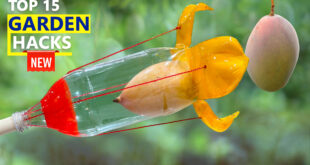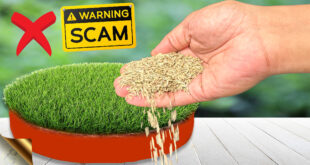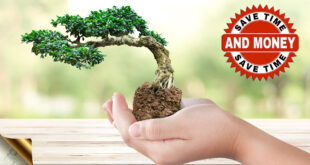In Today’s Article, I will try to answer Five interesting frequently asked gardening questions. Questions like:
Does Light REALLY hurt your plants roots? And What Happens when you Expose Roots to Light?
Do Pot ted Plants need Soil Change periodically?
Do Naphthalene Moth balls contain the best and the most expensive rooting hormone – thats naphthalene acetic acid?
Now Lets Begin with the first question !
- Can we Put Earthworms into Soil of Potted Plants? The answer to this question is Partly Yes. First of all identify the useful earthworms like the red wrigglers. If yes, then you can drop a few into your container, but you must provide them with the moisture and the decaying matter for the worms to feed on. And then No to containers with small tender plants or seedlings because these can damaged by earthworms.
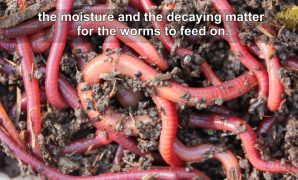
- Many Gardeners Say Putting Stones or a layer of gravel at the bottom of Plant Container is Useful and improves drainage? Actually it’s a myth and does not help the plant and it actually takes up the space of the soil. If you want to prevent soil from washing out or coming out of the drainage holes, better use a piece of net cloth or a plastic mesh.
But sometimes this layer of gravel can be useful and can prevent root rot. For instance, If you have drainage holes at the sides of your container, this can prevent water stagnation into the bottom zone where roots can be constantly wet in the stagnant water. As you can see in the illustration, raising this a bit with a layer of gravel helps encounter this issue. So, it always better to have drainage holes at the bottom of your container.
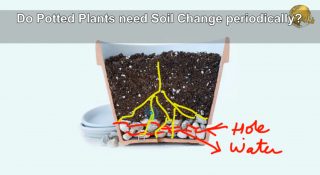
- Do Potted Plants need soil change periodically? Yes, This is partly true. They do need repotting once in a while depending on the plant growth and performance. If you pay close attention your plants you will definitely find some signs that indicate your plants need repotting or a soil change. Like:
– When Plant has Outgrown its container – that’s called Root Bound plants.
– When the Pot Soil is Compacted – You may not be able to insert your finger into it.
– When a plant keeps wilting often, even after a day or two even after good watering. Then
– Yellowing Leaves and Lack of New Growth are also important signs.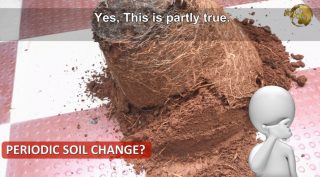
You can check my related video on the 10 Golden Rules of Repotting and also video on Recharging your expired soil.
Well the next interesting and controversial question is:
- What Happens when you Expose Roots to Light? Does Light REALLY hurt your plants roots?
This is infact complicated and controversial. To get an answer to this question, lets look into few scenarios and concepts. And this can also be a very good high school project for kids, like, to grow similar plants in transparent container and compare with an opaque container.
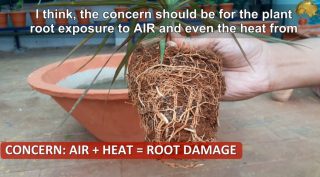
Consider these 3 scenarios:
- Growing a Money plant into a transparent container. Am sure all of us have done this. Here you expose roots to light whether direct light or indirect light.Then
- You might have seen many plants where roots develop from aerial parts of stem thats exposed to light and this does a supportive function.
- Root can also be exposed to light naturally from cracks in the soil from an earthquake, heavy rain and many other factors.
I think, the concern should be for the plant root exposure to AIR and even the heat from sunlight that can cause drying and can damage your plant, rather than the light itself causing any direct damage. But still you are supposed to keep the roots in the dark because of algae growth due to light and your roots aren’t getting enough oxygen because the algae is stealing the oxygen and nutrients for itself. So light as such doesn’t hurt the roots, but air, heat and algae hurt the roots and the plant.
Actually University researches have shown that even roots have light photo receptors in them and terms like Positive phototropism and Negative phototropism and much more.
If you are interested in full Journal artciles of these studies – Download Here:
http://www.gkvk.net/links/qa1.pdf and
http://www.gkvk.net/links/qa2.pdf
Purchase Gardening Stuff: http://www.gkvk.net/links
- Do Naphthalene balls or Moth Balls contain Naphthalene Acetic Acid which is the best Rooting Hormone? Or can these naphthalene balls be useful on plants as rooting agents or as pesticides?
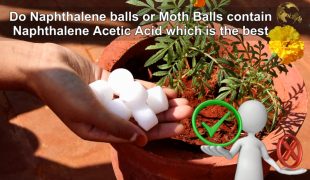
Well the answer to the first part of the question is a straight NO. NAA and IBA auxins are entirely a different compounds.
But When it comes to the benefits or the use of moth balls on plants or in garden, you should know how these naphthalene ball work. The vapors released by the mothballs build up and kill the moths in your clothes. They are infact good pest repellents around your garden, but these can be toxic to your pets and kids if ingested by them.
Please like and share this article on social media. Consider subscribing to my YOUTUBE Gardening Channel. Happy Gardening!
References:
https://onlinelibrary.wiley.com/doi/full/10.1111/tpj.12998
https://www.ncbi.nlm.nih.gov/pmc/articles/PMC4264407/
 GKVKs – Gardening Tips and Store Gardening Tips and Store
GKVKs – Gardening Tips and Store Gardening Tips and Store
